A Wild Rebellion (Five Steps to Save the World, and Why Books Are Radical Beasts)
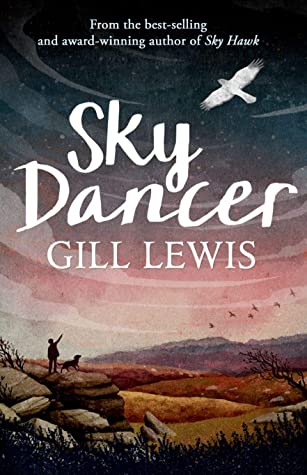
Gill Lewis
Once, there were wolves
Walk with me, deep into this rainforest. The gnarled roots of ancient trees dig into rich damp earth alive with a myriad of invertebrates and fungi. Shafts of sunlight filter down through the canopy, where mist hangs like tree-breath. The branches are furred with moss and lichens, heavy with water from recent rains. Fill your lungs with this rich clean air. Creatures dart between the light and shadow, a flick of a wing and a bird call, a swish of a furry tail and a wildcat’s green-eyed stare.
Remember this place.
We are not on a tropical latitude, but on the coastal fringes of North West Scotland; a Celtic rainforest, bathed and battered by Atlantic weather.
But these are only remnants of a forest clinging on since the ice age. Go east as the raven flies and much of the Scottish landscape has been deforested over the centuries, for timber, fuel and grazing, and more recently burned to produce heather for driven grouse shooting. The wilder landscapes have slipped so far from our collective memories that we try to preserve degraded habitats seeing these as the new normal. Wolves have long slipped into folklore. Their wild howl, a faint echo in our heart.
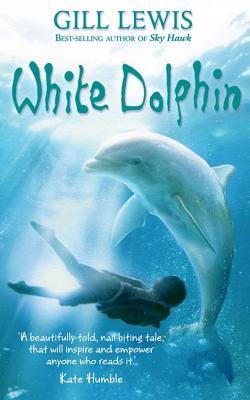
The present-day deforestation of the Amazon Rainforest for timber and agriculture is accelerating. How long will it take for the Amazon rainforests to be erased from collective consciousness too, and for the jaguar to become a beast of myth and memory?
With the age of industrialisation, agriculture and the exploitation of resources have intensified, depleting landscapes of habitats and depleting habitats of wild flora and fauna. Indigenous people have been relocated from wild places. Urbanisation has moved people into cities. Wild plants that strive to take hold are stripped out, removed by weed killers or mown. An obsession with tidiness has created sterile urban landscapes of concrete and plastic grass.
We have become disconnected from nature, disengaged and disempowered.
We are losing our life support system
We are losing our home.
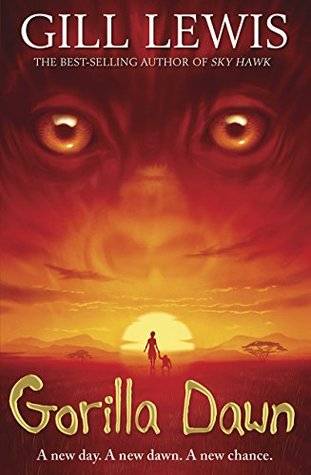
We need a rebellion to bring the wild back
The disconnection from nature has been slow and steady, with shifting baselines between successive generations, an insidious regression, knowledge lost over time. A recent study of the use of words in a children’s lexicon showed that nature words have been slipping away from our collective language. Children have not been exposed to these words from the adults around them, or from school environments, communities and the media. Words like ‘acorn’ and ‘bluebell’ have been slowly disappearing.
With disconnection comes disempowerment. We know the science of climate change and biodiversity loss, but we feel removed from the root cause. We feel apart from the wild world that sustains us. So, what can we do about it? How do we bring about change when we are so divided from nature?
If science is our understanding of the world, then art is our emotional connection with it. We can only want to protect something we care deeply about.
We need the arts to bridge the disconnect.
Books are radical beasts that can rewild us.
But our first step, is learning to care.
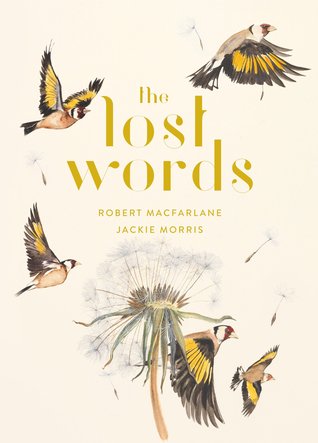
1. Engagement – learning to love
To truly learn to love nature we need to experience it and adjust our focus to what is around us. The Lost Words illustrated by Jackie Morris and with acrostic poems by Robert Macfarlane was written in response to studies that showed nature words slipping from our language. The Lost Words has been a phenomenal success, reaching many schools, hospitals and care homes. It’s a radical book, challenging us to observe in detail the world around us, to be astonished at the beauty of bluebells, to wonder at the tumbling dance of otters and to see the richness of flowers such as the common dandelion, anew. Many school walls are filled with children’s poetry and art in response to The Lost Words.
Books by teenage writers Alex White and Dara McAnulty challenge us to see the world on our own doorstep. White’s Get Your Boots On encourages young people to have wild adventures from their own front door. McAnulty’s Diary of a Young Naturalist gives insight into the beauty around us, showing we do not need to travel to see incredible wildlife. We can see the extraordinary in the ordinary. We can observe and wonder at a diverse functioning ecosystem in a bucket pond.
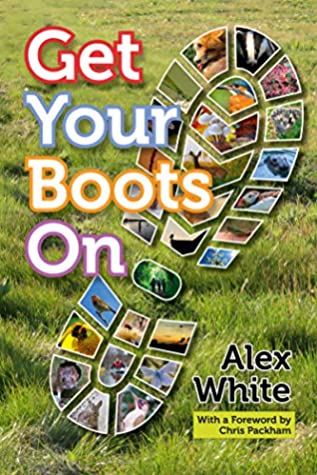
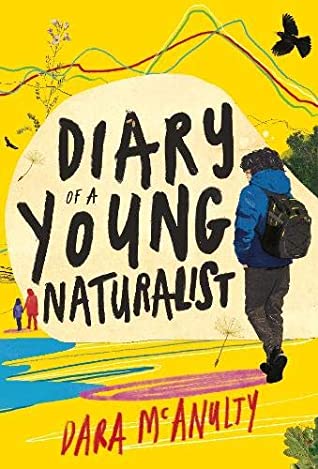
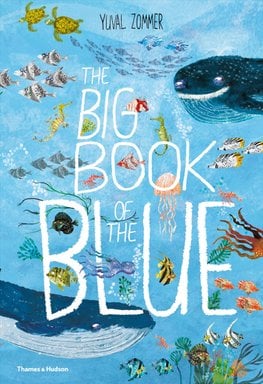
Yuval Zommer’s beautiful artwork in his Big Book series engages young readers with form and beauty of flora and fauna, with enough information to allow curiosity to take the reader on more journeys of discovery about the natural world.
When we learn to love what is around us then we become aware of the threats facing wildlife and wild places.
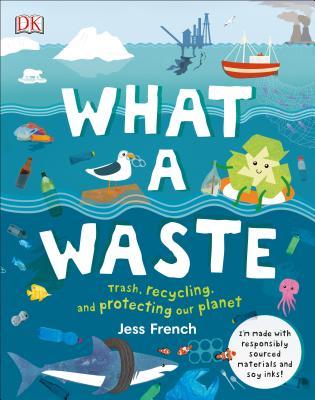
2. Awareness – beginning to understand
Non-fiction books provide an informative safe window into the world, raising awareness of environmental concerns. Jess French’s non-fiction book What a Waste, explores rubbish and recycling and how our consumerism impacts upon the planet.
My own novels use fiction to explore real-life issues. The medium of story is a valuable tool, allowing readers to develop empathy with a protagonist affected by environmental degradation. Gorilla Dawn follows a girl, Imara, and looks at the mining and trade of conflict minerals in the Democratic Republic of Congo, and how they impact the forests and the people too. In White Dolphin, Kara must try to stop the destructive practice of trawling in the bay of her hometown in Cornwall, yet she is pitted against bullies from the bigger fishing vessels. Through the eyes of a gamekeeper’s son, Sky Dancer challenges landownership, politics and driven grouse shooting and the associated persecution of birds of prey in the UK.
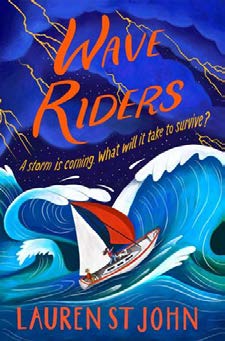
Raising awareness of the issues also identifies obstacles to much needed change. Author Lauren St John writes eco-adventures that expose corporate greed. Stories can help us recognise the reasons why individuals, organisations and governments resist change. We can see more clearly through political greenwash and identify self-interest for the benefits of short-term financial gain, politics and power.
With this knowledge comes critical thinking, to explore and develop our own world view.
3. Reflection – learning to think
Reading widely allows us to develop our own world view and break out from our own echo chambers. We need to challenge our own opinions to find weaknesses and strengths. We need time to reflect upon what we have learned.
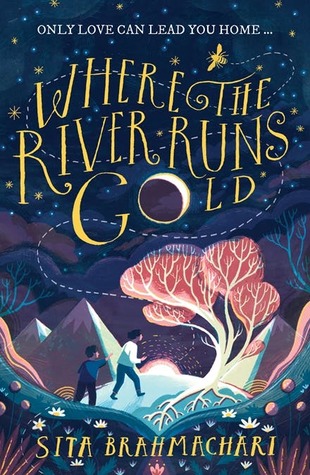
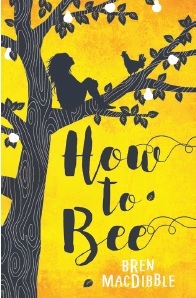
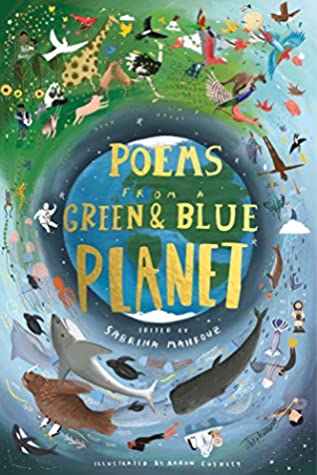
Some books challenge us to think of future worlds where we have not heeded the call for change. Sita Brahmachari’s Where the River Runs Gold and Bren MacDibble’s How to Bee both explore futures where we have lost pollinators. Julia Green, Piers Torday, and Nicola Penfold write dystopian worlds with protagonists searching for a lost wild. These books allow us to imagine what we could lose, and in doing so, give us more urgency for action.
Poetry is a unique art form that asks questions of us, makes us think more deeply and look at the world a different way. It can transform our relationship with the natural world. The anthology of Poems from a Blue and Green Planet, curated by Sabrina Mahfouz, offers rich work from a wide range of poets and writers celebrating voices past and present, from sonnets to haikus.
Understanding the world around us, and hearing others’ voices speaking up for the wild gives us courage to use our own voice.
4. Empowerment – finding courage
Empowerment comes from having the courage to have our own voice heard and raising others’ voices too.
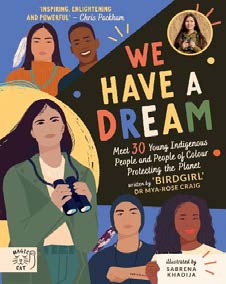
But not all voices are heard. Some are marginalised and silenced. For too long, conservation has been seen through the Western lens. Indigenous people and people of colour are often disproportionality affected by the effects of climate change and biodiversity loss, and yet their voices are seldom heard. In some countries, many face imprisonment and threat to life if they challenge governments, corporations and groups intent on environmental destruction. Conservationist and youth activist Mya-Rose Craig has curated stories from young activists around the world. Her recent book, We Have a Dream amplifies the voices of indigenous people and people of colour. Craig says: ‘I believe that to protect the environment is to leverage the input and contribution of as many people as possible.’
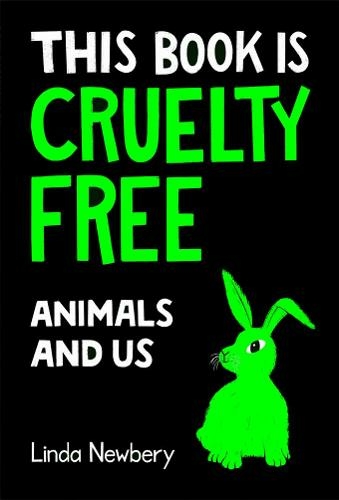
Collective voices give us all courage. We have seen the huge effect Greta Thunberg has had to inspire and empower others.
Sometimes, we can feel overwhelmed by the tasks ahead of us. Linda Newbery’s book This Book Is Cruelty Free explores ethical debates on animal cruelty and environmental justice. In a non-judgemental way, Newbery shows how we can use bigger platforms to campaign and speak truth to power, but we can also all undertake smaller everyday actions to make a real difference to bring about change.
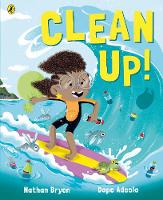
5. Taking Action – bringing about change
Empowerment is the precursor of change. Stories have the ability to show how change can happen. In the picture book Clean Up!, written by Nathan Byron and illustrated by Dapo Adeola, we meet Rocket who is dismayed to find a turtle tangled in plastic on the beach. She is horrified that no one else seems to see the litter everywhere, but through the story she raises awareness and encourages others to join her and take action to clean up the beach. In doing so, she brings a community together. The story has the ability to inspire readers to start their own beach clean.
Sometimes books plant the seeds of change. The Promise, written by Nicola Davies and illustrated by Laura Carlin, sees the rewilding of cities not only for biodiversity but also for mental health and community. Davies’ lyrical text makes us yearn for urban trees. ‘Green spread through the city like a song, breathing to the sky, drawing down rain like a blessing.’ The Promise has initiated the planting of trees across schools and cities. It’s part of a green uprising.
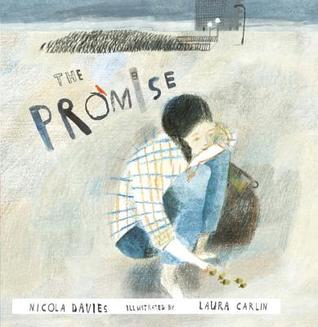
There will be wolves
We are in a biodiversity and climate crisis and we must bring about urgent change.
The United Nations has declared the next ten years as a decade of rewilding across the world, not only on land but beneath the sea. Nature restoration projects are expanding across many places, including Scotland, bringing rich habitats bursting with biodiversity. At the moment, political will in the UK is too timid to consider the reintroduction of wolves, even though they have been reintroduced in many countries in Europe. But who knows, maybe we will become brave enough to let them step out of folktales and into our lives again.
Maybe one day we will walk through a Celtic rainforest and hear a distant rising howl, and our hearts will quicken with the return of the wild.
Wolves howl to communicate with each other, to summon each other and to protect each other.
We need to be more wolf.
We need to be brave.
Writing is a rebellious and dangerous act, and books are fierce and radical beasts. Books can rewild hearts and minds. They can speak truth to power, and challenge an unsustainable status quo. Books have the capacity to empower us and give us agency, and if they can do that, then, together, we may be able to bring about a wild rebellion.
Together, we can change the world.
Works cited
Brahmachari, Sita (2019) Where the River Runs Gold. London: Orion Children’s Books.
Bryon, Nathan (illus. Dapo Adeola) (2020) Clean Up!. London: Puffin.
Davies, Nicola (illus. Laura Carlin) (2013) The Promise. London: Walker Books.
Craig, Mya-Rose (ed) (illus. Sabrena Khadija) (2021) We Have a Dream. London: Magic Cat Publishing.
French, Jess (2019) What a Waste: Trash, Recycling, and Protecting Our Planet. London: DK Publishing.
Lewis, Gill (2015) Gorilla Dawn. Oxford University Press.
–– (2017) Sky Dancer. Oxford University Press.
–– (2012) White Dolphin. Oxford University Press.
McAnulty, Dara (2020) Diary of a Young Naturalist. Beaminster: Little Toller Books.
MacDibble, Bren (2017) How to Bee. Crows Nest, NSW: Allen & Unwin.
Mahfouz, Sabrina (ed) (2019) Poems from a Blue and Green Planet. London: Hodder Children’s Books.
Macfarlane, Robert and Jackie Morris (illus. Jackie Morris) (2017) The Lost Words. London: Hamish Hamilton.
Newbery, Linda (2021) This Book Is Cruelty Free. London: Pavilion Children’s Books.
St John, Lauren (2021) Wave Riders. London: Macmillan Children’s Books.
White, Alex (2019) Get Your Boots On. Oxford: Dived Up Publications.
Gill Lewis is a multi-award-winning author who writes about our human relationship with the wild world. Her books explore environmental concerns across the globe, from conflict mineral mining in the Democratic Republic of Congo, to bear bile farming in Laos to raptor persecution in the UK. She’s a rebel writer, having won the UK Little Rebels Award and been shortlisted for the prize four times. Her books have won the US Green Earth book award (twice) and the German Prize for Environmental Youth Literature. She’s getting more rebellious with age and writes from a treehouse in the company of spiders.
